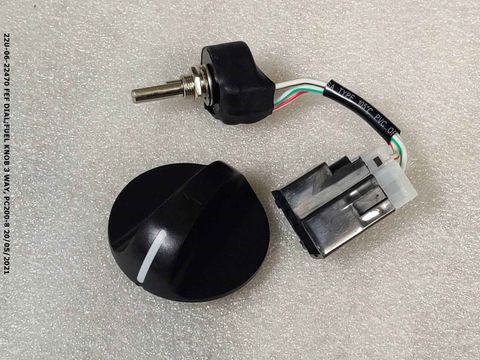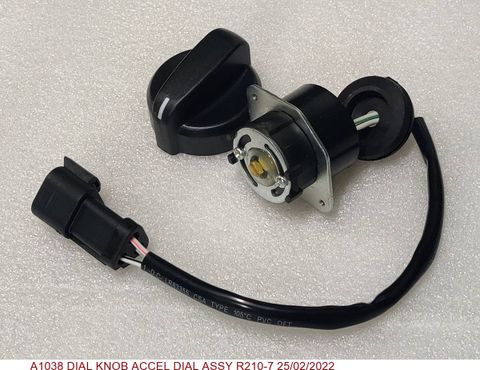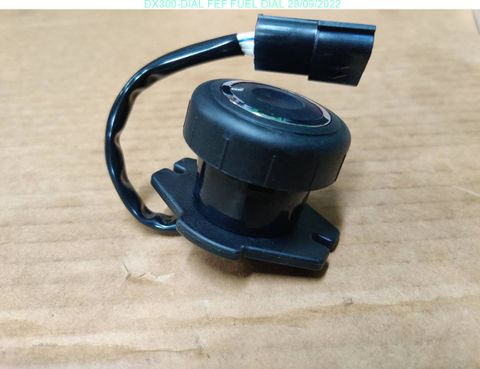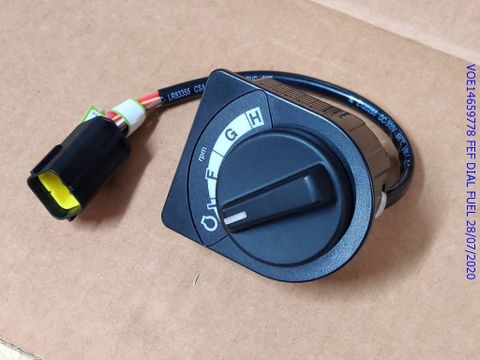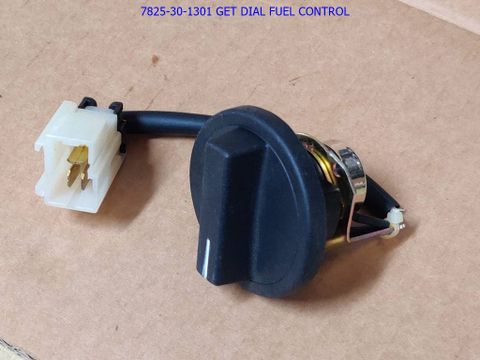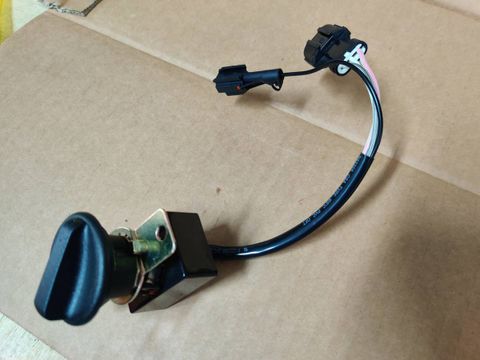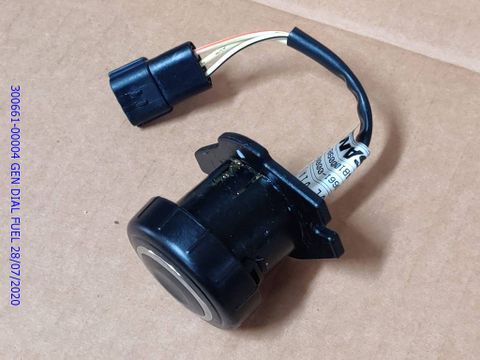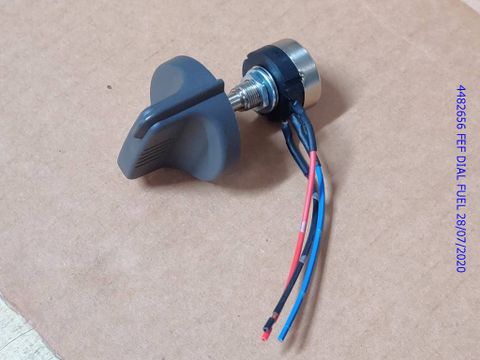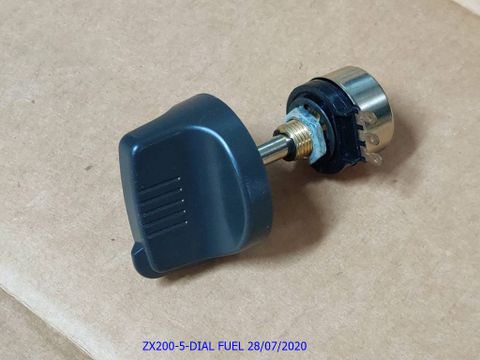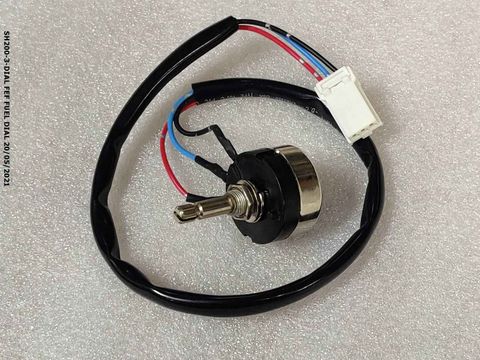Fuel Dial
Last Update
Price:
R.F.Q.
Share Product:
Detail
The term "fuel dial" could refer to various components or instruments related to monitoring or regulating fuel levels in a vehicle. Let's explore potential issues associated with different interpretations:
Fuel Gauge: If by "fuel dial" you mean the fuel gauge on the dashboard, several problems could arise:
- Inaccurate Reading: A common issue is an inaccurate reading on the fuel gauge, where it shows more or less fuel than actually present in the tank. This could result from a faulty fuel level sensor, a wiring issue, or a malfunctioning gauge.
- Stuck or Erratic Needle: Sometimes, the needle on the fuel gauge may become stuck or move erratically, making it difficult for the driver to determine the actual fuel level. This can be caused by a faulty gauge or a problem with the instrument cluster.
- Intermittent Operation: The fuel gauge may work intermittently, functioning properly at times and then suddenly failing to display the correct fuel level. This could indicate a loose connection, a faulty sensor, or a malfunctioning gauge.
Fuel Selector Dial: In vehicles with multiple fuel tanks, there may be a fuel selector dial or switch to choose between tanks. Problems with the fuel selector dial could include:
- Failure to Switch Tanks: The selector dial may fail to switch between fuel tanks as intended, potentially leaving the vehicle unable to access fuel from one of the tanks.
- Stuck or Jammed Mechanism: The selector dial mechanism may become stuck or jammed, preventing the driver from changing fuel tanks when needed.
- Leaks or Fuel Spillage: A faulty selector dial could lead to leaks or fuel spillage if it fails to seal properly when switching between tanks.
Fuel Adjustment Dial: In some vehicles, particularly older models or those with carbureted engines, there may be a manual fuel adjustment dial or screw to regulate fuel flow. Problems with this dial could include:
- Incorrect Adjustment: If the fuel adjustment dial is incorrectly set, it can result in poor engine performance, rough idling, or excessive fuel consumption.
- Stuck or Frozen Adjustment Screw: The adjustment screw may become stuck or frozen due to corrosion or debris, making it difficult or impossible to adjust the fuel flow.
- Over-Tightening or Stripping: Improper adjustment or excessive force when turning the adjustment screw could lead to over-tightening or stripping of the screw threads, making it impossible to achieve the desired fuel mixture.
In summary, problems with a "fuel dial" can vary depending on the specific component or instrument being referred to. Issues could include inaccurate readings or malfunctioning of a fuel gauge, problems with a fuel selector dial in vehicles with multiple tanks, or issues with a manual fuel adjustment dial or screw. Proper diagnosis and repair by a qualified mechanic are necessary to address these problems effectively.
Specification
| Keyword | |
| Brand | |
| Origin | MY |
Catalogue Download
